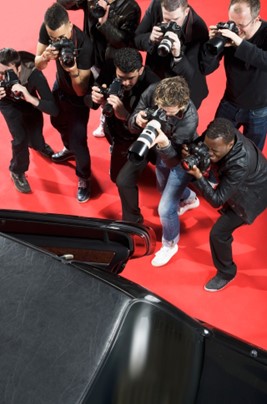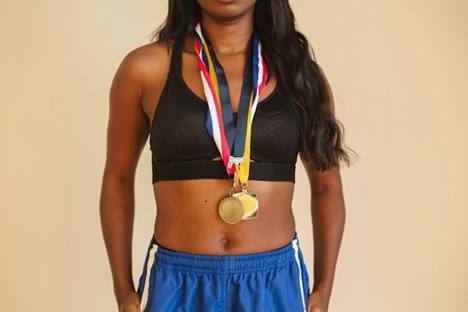In sports, athletes are often in the spotlight, with every move, achievement, and misstep scrutinized by fans, media, and the public. Maintaining a positive public image is crucial for athletes, as it can impact their career, endorsements, and personal life. Public Relations (PR) managers play a pivotal role in shaping and managing this image, navigating the complex landscape of media relations, performance issues, and off-field behavior. Gayle M. Pohl explores below the unique challenges faced by PR managers in the sports industry and the strategies they employ to help athletes maintain a positive public image.
Constant Media Scrutiny
Athletes are constantly under the media’s gaze, whether it’s for their performance on the field or their behavior off it. The 24/7 news cycle and social media platforms amplify this scrutiny, making it essential for PR managers to be vigilant and proactive. A single misstep or controversial statement can quickly escalate into a public relations crisis, requiring swift and effective management.
Performance-Related Issues
Performance issues can be challenging for athletes, as they often attract media attention and public commentary. Whether it’s a string of poor performances, injuries, or contract disputes, these issues can affect an athlete’s reputation. PR managers need to carefully craft communication strategies that address these concerns while maintaining a positive narrative.
Off-Field Behavior
Athletes’ off-field behavior, including personal life choices, social media activity, and interactions with fans, can significantly impact their public image. PR professionals must navigate these aspects carefully, ensuring that any potential issues are addressed proactively, and that the athlete’s personal brand remains intact.
Strategies to Maintain a Positive Public Image
Proactive Media Management
Proactive media management involves building and maintaining positive relationships with journalists, bloggers, and other media representatives. Public relations professionals work to secure favorable coverage by pitching positive stories, organizing interviews, and providing media training for athletes. By controlling the narrative and ensuring that positive stories are highlighted, PR managers can help shape public perception.
Crisis Communication
In the event of a crisis, such as a performance slump or personal controversy, PR reps must act swiftly to manage the situation. This involves crafting clear, consistent messaging to address the issue, minimizing damage, and steering the narrative back to positive aspects of the athlete’s career. Effective crisis communication helps to mitigate negative publicity and restore the athlete’s image.
Brand Management
These industry professionals also play a key role in developing and maintaining an athlete’s personal brand. This includes defining the athlete’s image, values, and public persona. By aligning the athlete’s brand with their strengths and positive attributes, PR managers can enhance their public image and attract endorsement opportunities. Consistent branding across all platforms, including social media, interviews, and public appearances, reinforces the athlete’s desired image.

Social Media Oversight
Social media is a powerful tool for athletes but also poses risks for their public image. PR teams monitor athletes’ social media activity to ensure that their posts align with their brand and do not inadvertently cause controversy. They also guide athletes on how to engage with fans and respond to negative comments in a professional manner.
Personal Development and Media Training
PR representatives often provide media training to help athletes communicate effectively with the press and the public. This training includes preparing athletes for interviews, teaching them how to handle difficult questions, and helping them develop strong communication skills. By improving their media presence, athletes can project confidence and professionalism.
Community Engagement and Philanthropy
Engaging with the community and participating in philanthropic activities can enhance an athlete’s public image. Public relations professionals facilitate these opportunities by organizing charity events, community outreach programs, and sponsorships. Positive community involvement not only helps to build goodwill but also reinforces the athlete’s commitment to social responsibility.
Strategic Partnerships and Endorsements
Strategic partnerships and endorsements with brands and organizations can boost an athlete’s public image. PR managers identify and negotiate partnerships that align with the athlete’s brand and values, ensuring that these associations are mutually beneficial and positively received by the public.
Conclusion
Managing an athlete’s public image requires a multifaceted approach that addresses media scrutiny, performance issues, and off-field behavior. Public relations specialists play a crucial role in shaping and maintaining a positive image by employing strategies such as proactive media management, crisis communication, brand management, social media oversight, and personal development. By effectively navigating these challenges, PR managers help athletes build and sustain a positive public image, which is essential for their career success and overall well-being. In the competitive world of sports, a well-managed public image can make a significant difference, both on and off the field.
